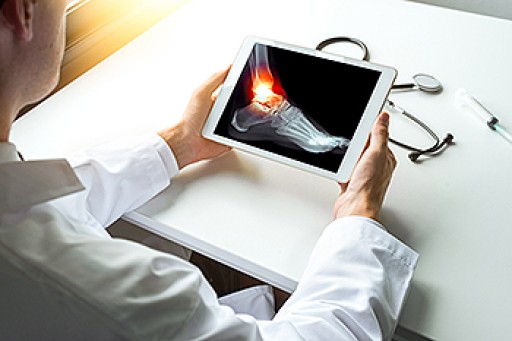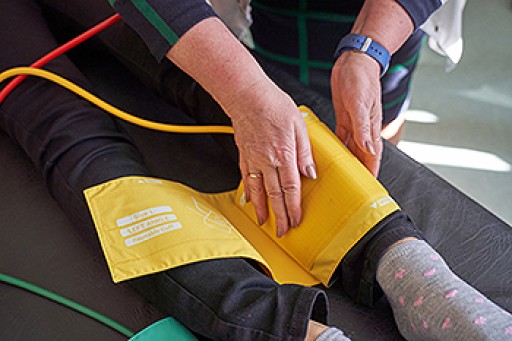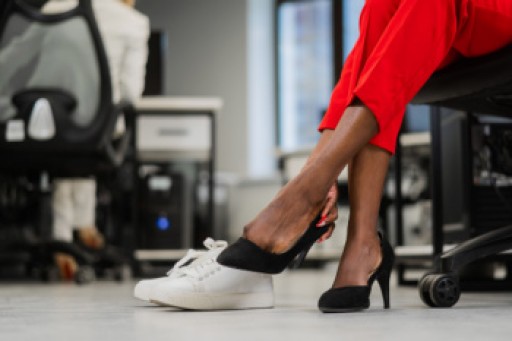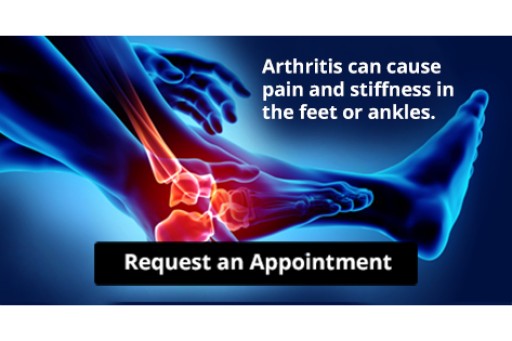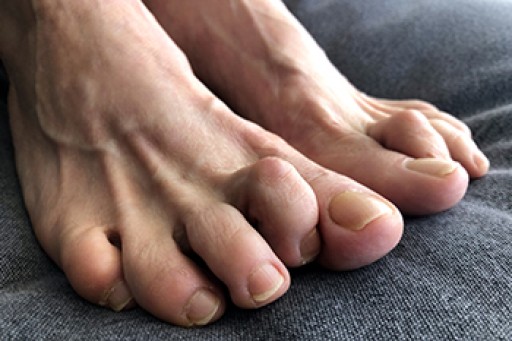
Heel spur surgery, a medical intervention aimed at addressing persistent heel pain caused by calcium deposits on the underside of the heel bone, is often considered when conservative treatments fail to provide relief. The surgical procedure involves the removal of the bony protrusion, known as a heel spur, and sometimes the release of the plantar fascia ligament to alleviate tension and discomfort. Before surgery, patients undergo thorough evaluation and diagnostic tests to confirm the presence of a heel spur and rule out other potential causes of heel pain. During the surgical procedure, the surgeon makes an incision near the heel and carefully removes the bony growth using specialized instruments. Following surgery, patients typically undergo a period of rehabilitation to restore strength, flexibility, and mobility in the affected foot. While heel spur surgery can offer significant relief for individuals suffering from chronic heel pain, it's essential to discuss the risks, benefits, and potential outcomes with a podiatrist to make informed treatment decisions. If you have a heel spur and are considering surgery for relief, it is suggested that you seek counsel from this type of doctor who can help you make the decision that is right for you.
Foot surgery is sometimes necessary to treat a foot ailment. To learn more, contact one of our podiatrists of Lewis Wolstein, DPM, P.C. & Associates. Our doctors will assist you with all of your foot and ankle needs.
When Is Surgery Necessary?
Foot and ankle surgery is generally reserved for cases in which less invasive, conservative procedures have failed to alleviate the problem. Some of the cases in which surgery may be necessary include:
- Removing foot deformities like bunions and bone spurs
- Severe arthritis that has caused bone issues
- Cosmetic reconstruction
What Types of Surgery Are There?
The type of surgery you receive will depend on the nature of the problem you have. Some of the possible surgeries include:
- Bunionectomy for painful bunions
- Surgical fusion for realignment of bones
- Neuropathy decompression surgery to treat nerve damage
Benefits of Surgery
Although surgery is usually a last resort, it can provide more complete pain relief compared to non-surgical methods and may allow you to finally resume full activity.
Surgical techniques have also become increasingly sophisticated. Techniques like endoscopic surgery allow for smaller incisions and faster recovery times.
If you have any questions please feel free to contact our office located in Co-Op City, NY . We offer the newest diagnostic and treatment technologies for all your foot and ankle needs.

